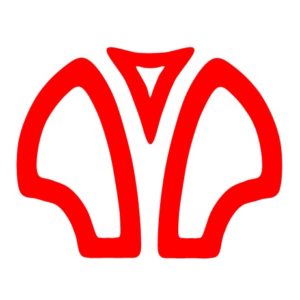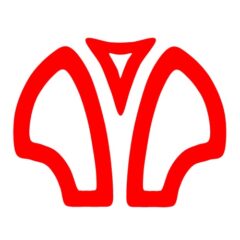+31620687031

CyrtinaCAD40 was developed from 1988 onward to one of the most comprehensive design software for the production of all dental restorations on the market today. In the last three decades especially implant software for scanning en designing crowns and bridges for 40 implant types on the market was added. Interested? Contact us.
Major Features
After reconstruction of the surfaces they can be dignosed with Prepcheck, indicating in orange 8-16o good retention area, in red <80 too steep area and 90-135o support area. The support area at the shoulder (2 mm ) is calculated separately.
Warning for bridge too long or tooth too high.
Definition of restoration.
When the pillars of a bridge diverge too much a grind cap is made of dark blue PU.
Mucosa areas larger for pontic design.
Root solid and visible for design check.
Make prep longer on die.
Pull on spacer. To block out bubbles or holes in gypsum models.
Reconstruct stays on top.
Abutments.
XML file reader and writer.
Design of implant bars. Implant bars are automatically converted to STL.
CyrtinaCAD40 is comprehensive design software for the production of all dental restorations.
All available items are shown on screen and by pushing the reconstruct button the program displays all available dies extracted with rendered surface and the mucosa surface and if available the bite mark rendered.
After reconstruction of the surfaces they can be dignosed with Prepcheck, indicating in orange 8-16o good retention area, in red <80 too steep area and 90-135o support area. The support area at the shoulder (2 mm ) is calculated separately.
Warning for bridge too long or tooth too high.
Definition of restoration.
When the pillars of a bridge diverge too much a grind cap is made of dark blue PU.
Mucosa areas larger for pontic design.
Root solid and visible for design check.
Make prep longer on die.
Pull on spacer. To block out bubbles or holes in gypsum models.
Reconstruct stays on top.
Abutments.
XML file reader and writer.
Voor het maken van een CyrtinaSetup CD is er een dialoog venster toegevoegd aan CyrtinaCADXX en de ScanManagerXX om (adres) gegevens van (nieuwe) klanten te verkrijgen.
Cyrtina STL.
Virtuel articulation.
Coping build-up changed.
After designing the restoration a number of three dimensional views are generated that can be printed: Design Check Incisal library
Start incisal higher above prepline and variable interpolation curve
Less dynamic operation. Buttons not in use in grey
Automatic setting coping thickness in relation with position in the mouth
Simple coping dialog
The coping can be made in an anatomically reduced form by placing a library tooth over the coping and adjust orientation on the screen to match the coping. Reduce the shape by downscaling, whereby the first even hickness coping is not reduced in thickness.
When pushing the button Built Coping, for all displayed dies on screen a standard coping is calculated (thickness=0,7 mm, spacer 0,02-0,05, etc).
Design of implant bars. Implant bars are automatically converted to STL.
